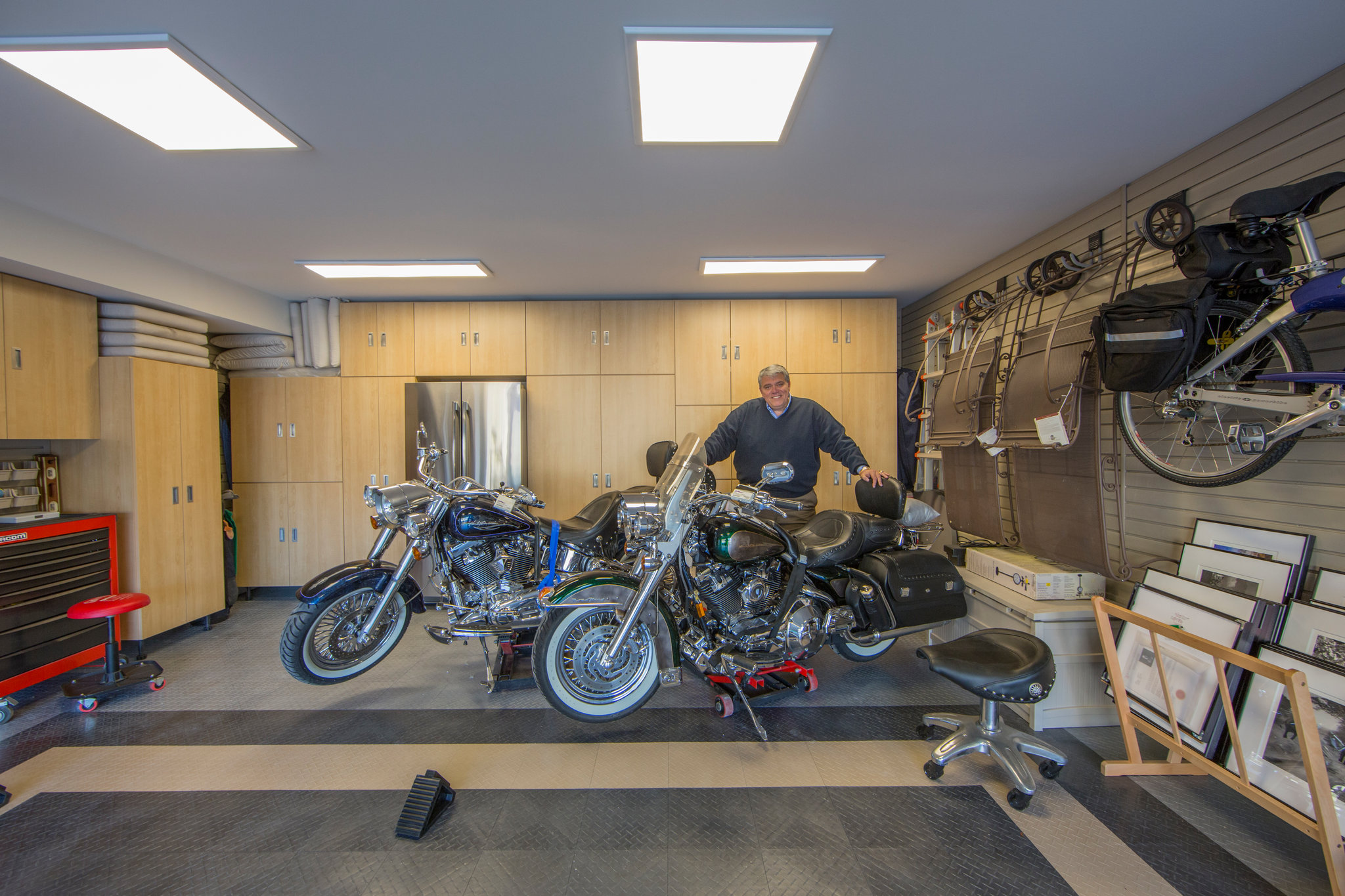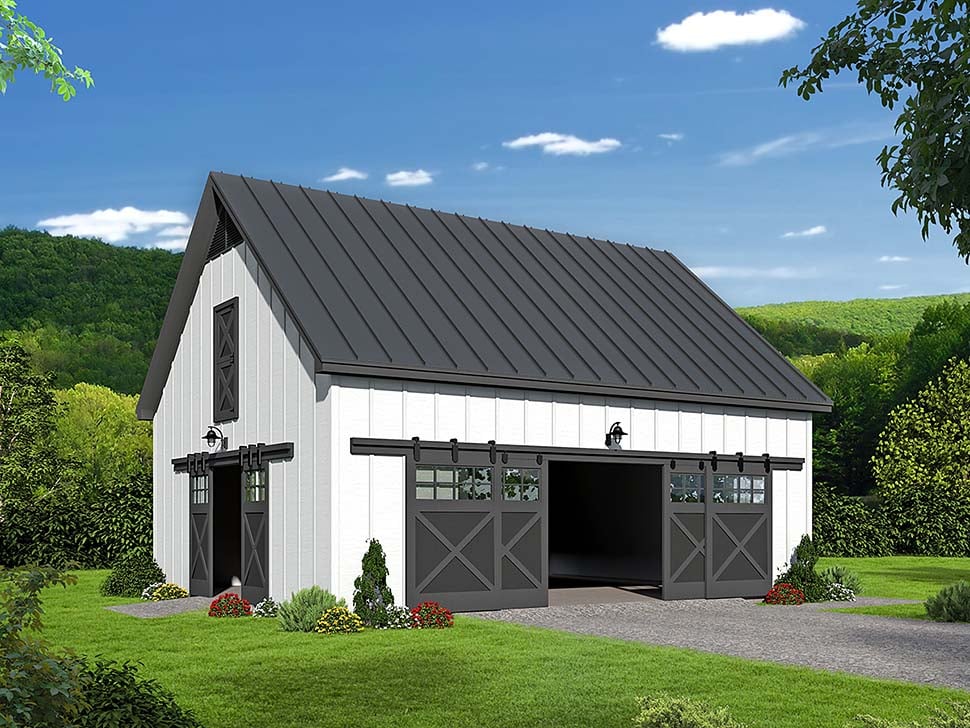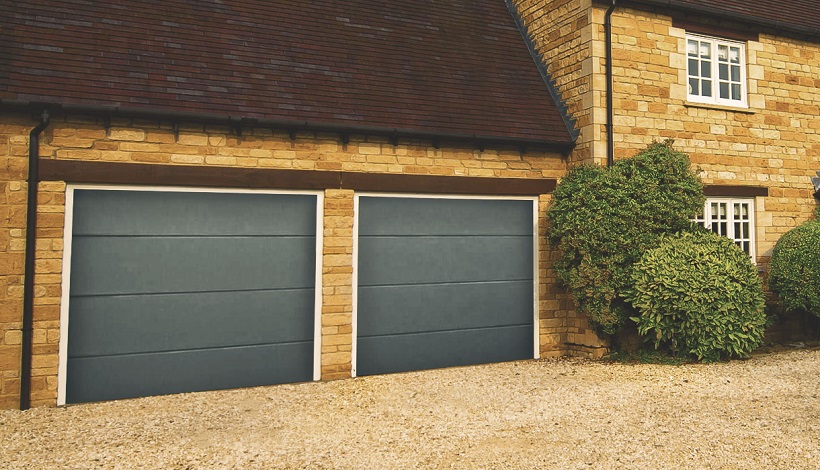
Heavy duty wall shelves are a great way to store large or bulky items. They can be wall-mounted or freestanding, and they come in a variety of sizes and materials. They are also economical and can be used for both aesthetic and functional purposes.
Wall-mounted storage shelving attaches to the wall with metal brackets. You can store small items such as cans, or large tools. You can also find the units in many different colors and designs.
Some wall shelves can also be adjusted, so that users can adjust the height of the shelves as necessary. This is especially useful when you need to store taller items or create a narrow shelf.
Garage shelving is often made from wood, but it can also be manufactured from a variety of other materials. Your shelves will likely be used frequently so it is important to choose a strong material.

Consider purchasing a unit made from aluminum, or other strong materials, if you are planning on keeping a lot of powertools. This will ensure that your shelves won't corrode, warp, or break under heavy use.
Overhead storage shelf
An overhead storage rack is the best option for storing large quantities of equipment in your garage. These racks attach directly to the studs in your walls, maximizing wall space for storage. These racks can be used to store seasonal items, such as snow blowers and holiday decorations.
Lowes stocks a range of heavy-duty storage shelves for garages. Pro Series Black 2x8ft Wall Mounted Shelf has 16 square feet. It can be ordered in one or two shelves, and is 600 lbs weight.
Another popular garage shelf option is stackable shelving. You can create storage systems that fit your needs and space. These racks can be installed in a variety of ways, including vertically and side-by.
These racks come with a strong frame and support cables. You can adjust the spacing to suit your needs. The racks come with a ten-year guarantee to ensure you are satisfied with your purchase.

Newagewall shelf mounted
If you need extra dry ingredients, equipment, and supplies above your sink or stove, this shelf is a smart investment. The shelf can hold up to 600 pounds. It is 2.25 inches wide by 1.25 inches thick and has T-Bar laterals. To help evenly distribute weight and protect your items, it has a C-shaped front perimeter beam.
It's a good choice for restaurants, kitchens, and other commercial environments. Its sturdy construction makes it safe and easy to use for large volumes.
Wall shelves come in a range of materials such as wood or metal. Metal is typically more durable and more aesthetic than wood. It is easier to clean and resists corrosion.
FAQ
Are you able to spend $30000 on a kitchen renovation?
A kitchen remodel costs anywhere from $15000 up to $35000 depending on what you are looking for. You can expect to spend more than $20,000. If you are looking for a complete overhaul of your kitchen, it will cost more. A complete kitchen remodel will cost more than $20,000. However, updating appliances, replacing countertops, or adding lighting can be done for under $3000.
Full-scale renovations typically cost between $12,000 and $25,000. There are ways to save money but not sacrifice quality. An example is to install a new sink rather than replacing an existing one that costs around $1000. You can also purchase used appliances at half of the cost of new.
Kitchen renovations will take longer than any other type of project, so plan ahead. It's not ideal to begin working in your kitchen, only to find out halfway through that there isn't enough time to finish the job.
The best thing is to get going early. Begin to look at your options and get quotes from several contractors. Then, narrow down your options based upon price, quality, availability.
Once you've identified potential contractors to work with, ask for their estimates and compare the prices. The best bid may not be the most affordable. It is important to find someone with the same work experience as you who will provide a detailed estimate.
When calculating the final cost, remember to add all extras. These may include additional labor, material charges, permits, etc. You should be realistic about what you can spend and stick to your spending budget.
You can be open about your dissatisfaction with any of these bids. If you don’t like the first bid, let the contractor know and offer to give it another chance. Do not let your pride stop you from saving money.
What should my cabinets look like?
It all depends on whether or not you plan to rent your home out. If you intend to sell your home, you will likely need to remove and refinish cabinets. This gives buyers the illusion of brand-new cabinets and helps them visualize their kitchens after they have moved in.
You should not put the cabinets in your rental house. Many tenants complain about cleaning up after their previous tenants, including greasy fingerprints and dirty dishes.
The cabinets can be painted to look fresher. Be sure to use high quality primer and paint. Low-quality paints can peel off over time.
What is the cost of completely renovating a kitchen?
If you've been thinking about starting a renovation project for your home, you may wonder how much it would cost.
The average kitchen remodel costs between $10,000 and $15,000. You can save money and still improve your space's appearance.
Plan ahead to save money. This includes choosing a design style and color palette that fits your lifestyle and budget.
A skilled contractor is another way to reduce costs. A tradesman who is experienced in the field will be able to guide you through each stage of the process.
You should consider whether to replace or keep existing appliances. Kitchen remodeling projects can cost thousands more if you replace appliances.
It is possible to choose to buy used appliances, rather than buying new ones. Buying used appliances can help you save money because you won't have to pay for installation.
You can also save money by shopping around when buying materials and fixtures. Many stores offer discounts for special occasions like Cyber Monday or Black Friday.
What is the cost of tile for a shower?
If you want to do it yourself, go big. A complete bathroom remodel is an investment. When you consider the long-term benefit of having a beautiful space for many years, it is a smart decision to invest in quality fixtures and materials.
The right tiles will make a big difference in the way your room feels and looks. Here's how to choose the right tiles for your home, regardless of whether it's a small renovation or major project.
The first step is to decide what type of flooring you would like to install. The most common options are ceramics, stone, porcelain, and natural timber. Select a style, such as classic subway tiles or geometric patterns. Next, choose a color palette.
You'll probably want to match the tile to the rest of the room for a large bathroom remodeling job. For example, you may opt for white subway tile in the kitchen and bath area while choosing darker colors in other rooms.
Next, consider the size of your project. Do you think it is time to remodel a small powder-room? Would you prefer to add a walk in closet to your master bedroom?
Once you have determined the scope of your project, go to local shops and look at samples. This way, you can get a feel for the product and its installation techniques.
Finally, shop online for great deals on ceramic and porcelain tiles. Many sellers offer discounts and free shipping for bulk orders.
What would it cost for a home to be gutted versus what it would cost to build one?
The process of gutting a house involves removing all contents inside the building. This includes walls, floors and ceilings, plumbing, electrical wiring and appliances. It's often necessary when you're moving to a new house and want to make changes before you move in. Due to so many factors involved in the process of gutting a property, it can be very costly. The average cost to gut home ranges from $10,000 to $20,000, depending on your job.
A builder builds a home by building a house frame-by-frame, then adds doors, windows, doors and cabinets to the walls. This is done usually after purchasing lots. Building a home is typically cheaper than renovating, and usually costs between $15,000-30,000.
When it comes down to it, it depends on what you want to do with the space. You'll need to spend more if you plan to gut your home. If you're building your home, however, you don't have to tear everything down and start over. You can build it as you wish, instead of waiting to have someone else tear it apart.
Why should I remodel my house rather than buy a new one?
While houses may get more affordable each year, the square footage you pay is still the same. You may get more bang for your buck but you still have to pay for extra square footage.
It costs less to keep up a house that doesn't require much maintenance.
Remodeling your home instead of purchasing a new one can save you hundreds.
By remodeling your current home, you can create a unique space that suits your lifestyle. Your home can be made more inviting for you and the family.
Statistics
External Links
How To
How to Remove Tile Grout from Floor Tiles
Tile grouting is something that most people don't even know they have. It seals the joints between tiles. There are many types available today. Each is used for a specific purpose. We'll show you how we can remove grout from floor tiles.
-
First, you must ensure you have all the tools needed before starting this process. You will need a grout cutter and grout scraper.
-
Now you must clean any dirt or debris under the tile. Use the grout knife to remove the grout. Scrape away any remaining grout. Take care not to damage the tiles.
-
After cleaning up all the grout, you can use the grout scraper to remove any remaining grout. If there isn't any grout left, you can go to step 4.
-
You can now move on to the next stage after you have completed all your cleaning. Soak one of your rags in water. You want to make sure that the rag gets completely wet. To ensure that the rag does not absorb water, dry it.
-
The wet rag should be placed on the joint between the tile and the wall. You should press the rag down until the grout is separated. Slowly pull your rag towards yourself and continue to pull it back and forth, until all grout is gone.
-
Continue repeating steps 4 through 5 until all grout is removed. Rinse the ragout, and repeat the process if needed.
-
When you are done removing grout, clean the tiles using a damp cloth. Let dry thoroughly.